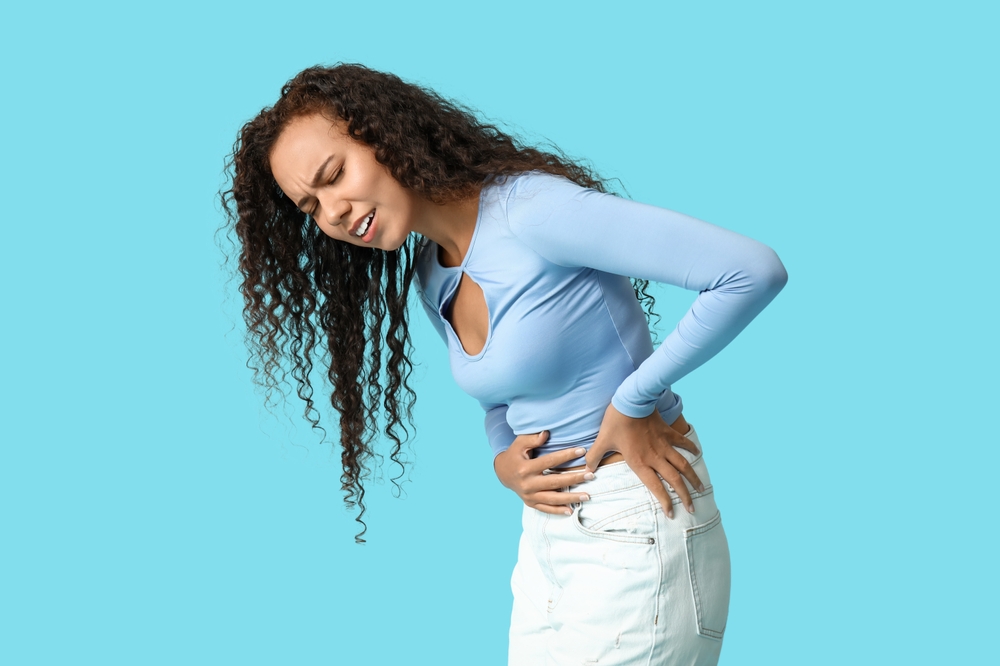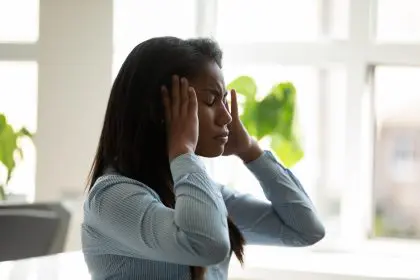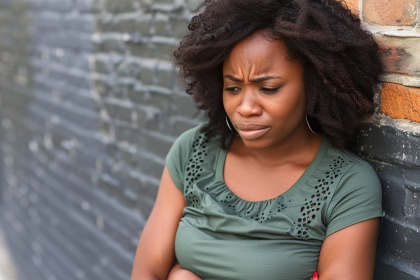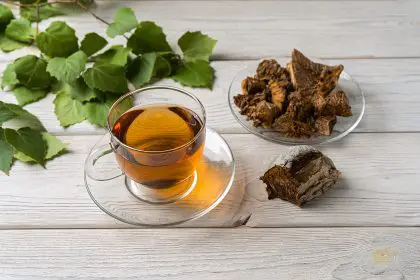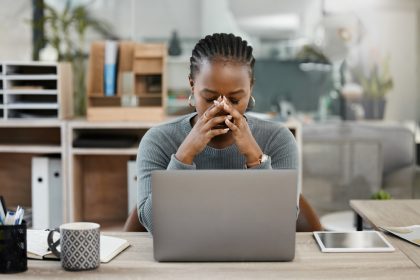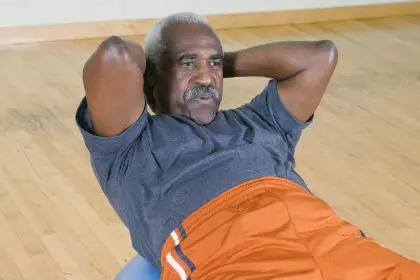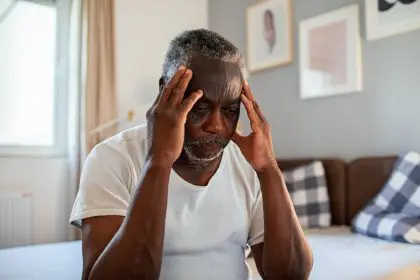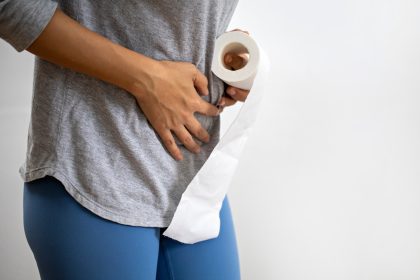Menstrual cramps are an all-too-familiar monthly ordeal for many women, often characterized by intense discomfort that can interfere with daily activities. For some, the pain is manageable, but for others, it can be debilitating, affecting their quality of life. The sensation of cramps — medically known as dysmenorrhea — stems from the uterus contracting to shed its lining. While cramps are a natural part of the menstrual cycle, they don’t have to be unbearable. Understanding the underlying causes of cramps and exploring effective methods to alleviate them can bring much-needed relief.
This article explores five practical and proven ways to reduce menstrual cramps, providing comfort during those challenging days. These methods are designed to be easy to incorporate into daily routines and aim to empower women to take control of their menstrual health.
Heat therapy
One of the most time-tested and reliable methods for reducing menstrual cramps is applying heat. Heat therapy works by relaxing the muscles of the uterus, which can help alleviate the pain caused by cramps. The warmth increases blood flow to the area, reducing muscle contractions that contribute to the discomfort.
How to use heat therapy:
- Heating pads: Applying a heating pad to the lower abdomen can provide almost immediate relief. The gentle warmth soothes the muscles and can be used as often as needed.
- Warm baths: Immersing yourself in a warm bath not only relaxes the abdominal muscles but also offers a full-body experience of relaxation. Adding Epsom salt can enhance the effect, as magnesium from the salts can further ease muscle tension.
- Hot water bottles: If you don’t have access to a heating pad, a hot water bottle wrapped in a towel can serve as an effective substitute. It’s portable and can be used while lounging on the couch or even at work.
Many women find that heat therapy is a simple yet effective way to manage their cramps, providing a comforting ritual during their menstrual cycle.
Dietary adjustments
The food we consume can play a significant role in how our body reacts during menstruation. Certain foods can exacerbate inflammation and cramping, while others can help reduce the severity of these symptoms.
Foods to include:
- Omega-3 fatty acids: Found in fish like salmon and walnuts, omega-3s have anti-inflammatory properties that can help reduce menstrual pain. Incorporating these into your diet regularly may lessen the intensity of cramps.
- Magnesium-rich foods: Magnesium helps relax muscles, including the uterus. Foods such as leafy greens, bananas and almonds are excellent sources of magnesium and can be particularly beneficial during menstruation.
- Hydration: Staying hydrated is crucial as dehydration can make cramps worse. Drinking plenty of water, herbal teas and consuming water-rich fruits like cucumbers and watermelon can keep your body well-hydrated.
Foods to avoid:
- Caffeine: While it may be tempting to reach for coffee to combat fatigue, caffeine can constrict blood vessels and increase tension in the uterus, leading to more severe cramps.
- Processed foods: High in sodium, processed foods can cause bloating and water retention, which may intensify cramping. Opt for whole, unprocessed foods to keep your body in balance.
By making mindful dietary choices, you can support your body’s natural processes and potentially reduce the severity of menstrual cramps.
Exercise
It might seem counterintuitive to exercise when experiencing cramps, but physical activity is one of the most effective ways to ease menstrual pain. Exercise releases endorphins; which are natural painkillers produced by the body. These endorphins can counteract the prostaglandins responsible for causing menstrual cramps.
Types of exercise that help:
- Gentle cardio: Activities like walking, swimming or cycling can boost circulation and ease cramping. The key is to engage in low-impact exercises that won’t strain your body.
- Yoga: Certain yoga poses are specifically beneficial for menstrual cramps. Poses like the Child’s Pose, Cat-Cow and Reclining Twist stretch and relax the pelvic region, providing relief from pain.
- Stretching: Simple stretching exercises can help reduce muscle tension and promote relaxation. Focus on stretches that target the lower back and abdominal muscles.
Regular exercise — even if it’s just a short daily walk — can make a significant difference in managing menstrual cramps. The increased blood flow and endorphin release create a natural and effective way to combat pain.
Herbal remedies
For those seeking natural alternatives, herbal remedies have long been used to manage menstrual cramps. Certain herbs have anti-inflammatory and muscle-relaxing properties that can help ease the discomfort associated with menstruation.
Effective herbal remedies:
- Ginger: Ginger is known for its anti-inflammatory properties. Drinking ginger tea or adding fresh ginger to meals can help reduce menstrual pain.
- Chamomile: Chamomile tea has been shown to have anti-spasmodic properties, which can help relax the uterus and ease cramps. It also promotes relaxation, which can alleviate stress-related menstrual pain.
- Peppermint: Peppermint tea can relieve muscle spasms and is particularly effective for menstrual cramps. Its soothing properties also help with nausea; which can accompany severe cramps.
It’s essential to consult with a health care provider before using herbal remedies — especially if you’re taking other medications — to ensure they’re safe and effective for your specific situation.
Mind-body techniques
Stress and anxiety can exacerbate menstrual cramps, making it crucial to incorporate relaxation techniques into your routine. Mind-body techniques not only help manage pain but also promote overall well-being during menstruation.
Techniques to try:
- Deep breathing: Deep breathing exercises can help relax the body and reduce the perception of pain. Focusing on slow, deep breaths can calm the nervous system and decrease muscle tension, making cramps more bearable. Try inhaling slowly through your nose, allowing your abdomen to expand, then exhale slowly through your mouth, focusing on releasing any tension.
- Meditation: Meditation — particularly mindfulness meditation — can help shift your focus away from pain and discomfort. By concentrating on the present moment and practicing non-judgmental awareness, you can reduce the intensity of menstrual cramps. A simple meditation practice involves sitting quietly, focusing on your breath and gently bringing your attention back whenever your mind starts to wander.
- Progressive muscle relaxation: This technique involves tensing and then slowly relaxing each muscle group in your body, starting from your toes and working your way up to your head. It helps in releasing physical tension and calming the mind, which can be beneficial in reducing the severity of cramps.
- Visualization: Visualization involves imagining a peaceful place or situation that makes you feel relaxed and calm. By mentally placing yourself in this environment, you can distract yourself from pain and create a sense of comfort and tranquility.
Incorporating these mind-body techniques into your routine can help you manage menstrual cramps by reducing stress, which is a known trigger for heightened pain perception. Regular practice of these relaxation methods can lead to long-term improvements in how you experience your menstrual cycle.
Empowering women to take control of menstrual health
Menstrual cramps — while a natural part of the menstrual cycle — do not have to dictate how you feel or function during your period. By understanding the causes and exploring various methods for relief, you can find effective ways to manage and reduce the pain associated with menstruation. Whether it’s through heat therapy, dietary adjustments, regular exercise, herbal remedies or mind-body techniques, each woman can find what works best for her body.
It’s important to remember that while these methods can provide significant relief, they are not a substitute for professional medical advice. If your cramps are severe or accompanied by other symptoms, it’s essential to consult with a health care provider to rule out any underlying conditions and to discuss the best treatment options for your specific needs.
By taking proactive steps and making informed choices, you can transform your menstrual experience, gaining not only relief from pain but also a deeper understanding of your body. Empower yourself with knowledge and the right tools, and make those challenging days a little easier to bear.
This story was created using AI technology.

